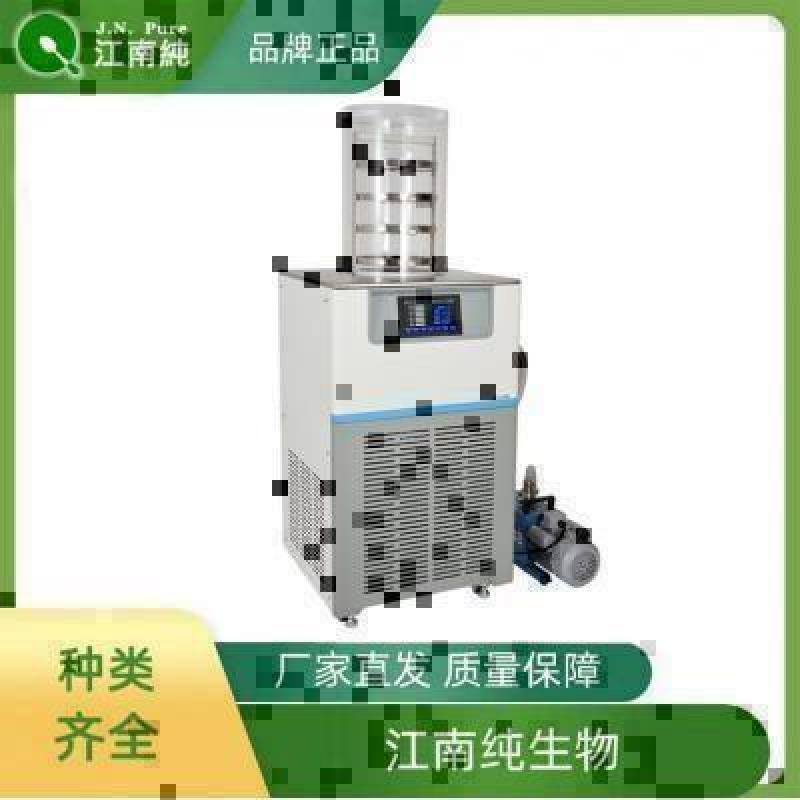Anti-H1N1 Matrix Protein 2 antibody
| 英文名称 | H1N1 Matrix Protein 2 |
| 中文名称 | A型流感病毒H1N1-M2蛋白抗体 |
| 别 名 | Influenza A virus (A/swine/Iowa/1/1986); H1N1 Matrix Protein-2; Influenza A bp1; M2 Protein; Influenza A virus Influenza A virus; |
DATASHEET
Host:Rabbit
Target Protein:H1N1 Matrix Protein 2
IR:Immunogen Range:2-50/97
Clonality:Polyclonal
Isotype:IgG
Entrez Gene:956528
Swiss Prot:N/A
Source:KLH conjugated synthetic peptide derived from H1N1 Matrix Protein-2:2-50/97
Purification:affinity purified by Protein A
Storage:0.01M TBS(pH7.4) with 1% BSA, 0.03% Proclin300 and 50% Glycerol. Shipped at 4℃. Store at -20 °C for one year. Avoid repeated freeze/thaw cycles.
Background:Influenza A virus is a major public health threat. Novel influenza virus strains caused by genetic drift and viral recombination emerge periodically to which humans have little or no immunity, resulting in devastating pandemics. Influenza A can exist in a variety of animals; however it is in birds that all subtypes can be found. These subtypes are classified based on the combination of the virus coat glycoproteins hemagglutinin (HA) and neuraminidase (NA) subtypes. During 1997, an H5N1 avian influenza virus was determined to be the cause of death in 6 of 18 infected patients in Hong Kong. There was some evidence of human to human spread of this virus, but it is thought that the transmission efficiency was fairly low. HA interacts with cell surface proteins containing oligosaccharides with terminal sialyl residues. Virus isolated from a human infected with the H5N1 strain in 1997 could bind to oligosaccharides from human as well as avian sources, indicating its species jumping ability.
Size:100ul
Concentration:1mg/ml
Applications:WB(1:500-2000)
ELISA(1:5000-10000)
IHC-P(1:100-500)
IHC-F(1:100-500)
IF(1:100-500)
Cross Reactive Species:H1N1.
For research use only. Not intended for diagnostic or therapeutic use.


好评度